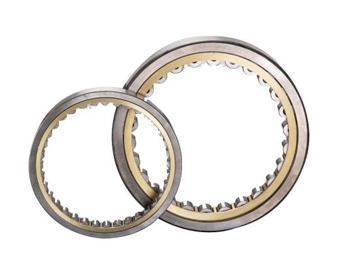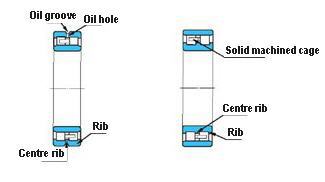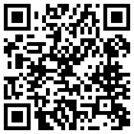

 Deep Groove Ball Bearings
Deep Groove Ball Bearings
 Dimensions Chart of Aligning Ball Bearings
Dimensions Chart of Aligning Ball Bearings
 Dimensions Chart of Thrust Ball Bearings
Dimensions Chart of Thrust Ball Bearings
 Dimensions Chart of Angular Contact Ball Bearings
Dimensions Chart of Angular Contact Ball Bearings
 Dimensions Chart of Double-direction Angular Contact Ball Bearings
Dimensions Chart of Double-direction Angular Contact Ball Bearings
 Dimensions chart of Cylindrical Roller Bearings
Dimensions chart of Cylindrical Roller Bearings
 Dimensions chart of Tapered Roller Bearings
Dimensions chart of Tapered Roller Bearings
 Dimensions chart of Tapered Thrust Bearings
Dimensions chart of Tapered Thrust Bearings
 Dimensions chart of Spherical Roller Bearings
Dimensions chart of Spherical Roller Bearings
 Dimensions Chart of Needle Roller Bearings
Dimensions Chart of Needle Roller Bearings
 Size chart of High Speed Electric Spindle
Size chart of High Speed Electric Spindle
 Size chart of Slewing Bearings
Size chart of Slewing Bearings
 Dimensions chart of Bearing Units
Dimensions chart of Bearing Units
 Dimensions chart of Ball Bearing Units
Dimensions chart of Ball Bearing Units

 Large-sized Single Row Cylindrical Roller Bearings(d120~1060)
Large-sized Single Row Cylindrical Roller Bearings(d120~1060)
 Large-sized Double Row Cylindrical Roller Bearings(d200~850)
Large-sized Double Row Cylindrical Roller Bearings(d200~850)
 Four Row Cylindrical Roller Bearings(90~1000)
Four Row Cylindrical Roller Bearings(90~1000)
 Single Row Cylindrical Roller Bearings(20~75)
Single Row Cylindrical Roller Bearings(20~75)
 Precision Single Row Cylindrical Roller Bearings(30~280)
Precision Single Row Cylindrical Roller Bearings(30~280)
 Precision Double Row Cylindrical Roller Bearings(30~280)
Precision Double Row Cylindrical Roller Bearings(30~280)




Address:No.88-10 Meixing Road, Baoshan District, Shanghai, China. P.C. 201901
Contacts:Jorge Chen
Tel:021-31300090
Fax:021-65655008
E-mall:sales@bembearing.com







